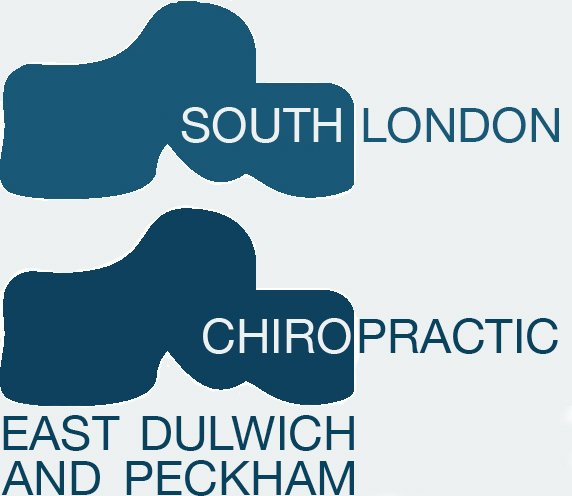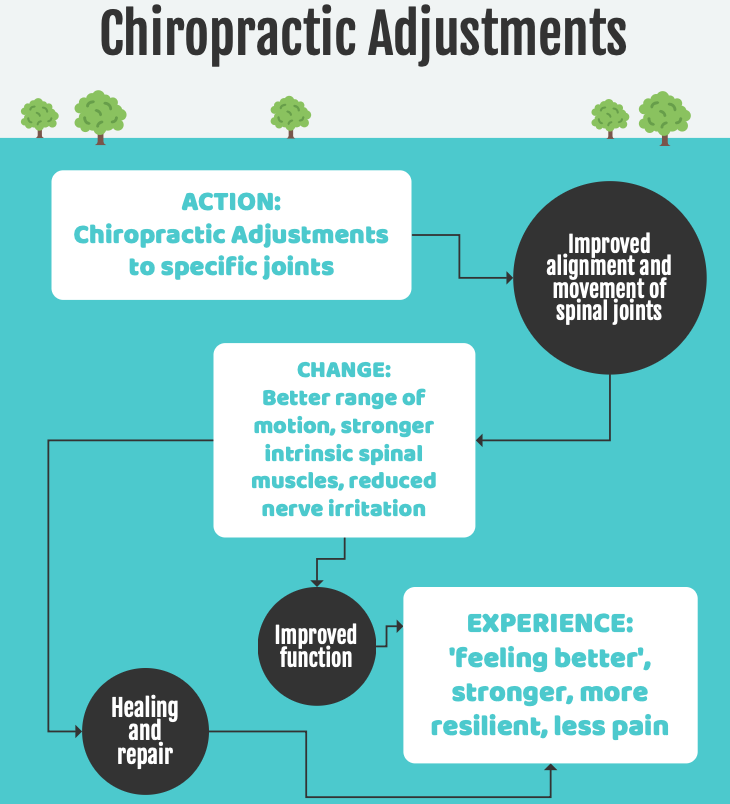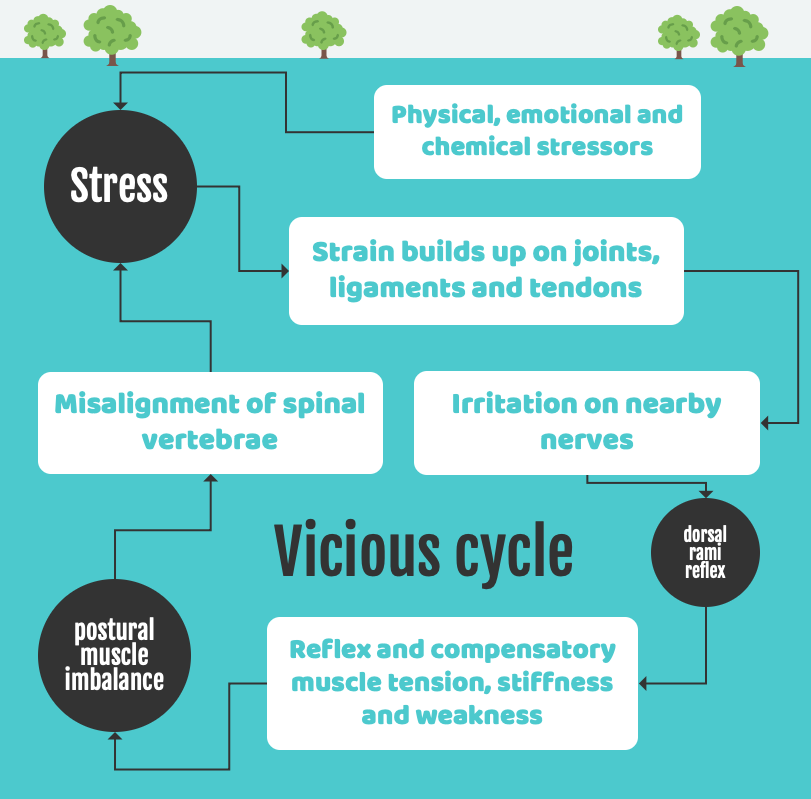Your first adjustment
What to expect:
Reactions to a first Chiropractic adjustment vary greatly from person to person - a normal response could be anything from instantly improved freedom of movement, to a temporary increase in soreness. Some of the more common responses include:
Then again, you might not notice any change whatsoever after your first adjustment. This is also totally normal, because there is often a lag between improving function (alignment and movement of joints, strength and balance of muscles); promoting the body’s natural healing response; and finally, ‘feeling better’. This holds true even during the first stage of care, where adjustments are slightly more focused on relief from symptoms. Read on to the bottom of the page to learn more about how you can look after yourself during these initial stages*.
Exhilaration/feeling energised
Greater freedom of movement
Soreness/aching
Headache
Cold-like symptoms
Mild dizziness
More intense or localised discomfort, or pain moving into different areas from before
Fatigue
Most importantly, remember that how you respond to your first visit says very little about how you will respond to Chiropractic adjustments generally. With over ten years’ of clinical experience, I have seen people enjoy life-changing improvements through Chiropractic care, but respond pretty poorly to their first couple of visits. Equally, I can recall patients who have had fluctuating or recurrent episodes of pain after discharging themselves from care prematurely, thinking that they’d received a ‘miracle cure’ on day one. This is because pain is a very unreliable indicator of how things are functioning underneath the surface, and is often the very last symptom of dysfunction to arise.
The flow-chart shows how it works. The Spinal Adjustments are simply helping to restore proper and full function to the body, allowing the body to do what it should have been doing the whole time. Ultimately, this promotes health, which gives rise to ‘feeling better’. Notice how ‘less pain’ is just one component of the improvements you can enjoy from this process. Sometimes these results arrive quickly, but other times they may take longer, especially if the dysfunction has developed over a long period of time.
Breaking the vicious cycle
Stress builds up gradually over time to create dysfunction within the body and spine
In this way, Chiropractic adjustments help to break the vicious cycle in which stress and strain causes spinal fixations to develop over time. Once external stress is introduced into the system, this can become a self-perpetuating cycle unless the body has the chance to repair itself:
*What to do at home:
However you respond during the early stages of care, the following advice should help you get the best out of your Chiropractic adjustments:
Apply ice for 10-15 minutes (no longer than this!) to any areas of soreness if needed. Try to avoid direct contact of ice on skin as this may cause burns - so keep a thin layer of fabric like a thin t-shirt between your skin and the ice-pack
Drink plenty of water
Move frequently and avoid staying in any one position for a prolonged period of time. Changing position at least every 20 minutes will help to prevent strain and stiffness building up on the joints, nerves and soft-tissues.
Avoid prolonged periods of bed-rest
As ever, avoid looking down at a phone or laptop (with the neck held in flexion)
Avoid cross-legged sitting
You may continue with light exercise within what you feel comfortable with, but avoid anything too strenuous within the first half hour after adjustments in particular.
Much of the advice here will remain relevant throughout your care, and in reducing strain on your spine generally. We will see how you respond to your first few sessions, and then start adding in stretches, exercises and other homework, usually from about 2 weeks into the process; but this is best started when we’ve made some progress with adjustments.
The next step
This is a lot to take in! We will have discussed some of the findings from your assessment already during your first visit, but I don’t expect you to remember everything on day one. Your next visit will be your Report of Findings. This is where we will discuss your findings and diagnosis in full, make a recommendation about options for management, discuss expectations about how long the process may take, and agree a plan of care if you wish to proceed with Chiropractic. We will then continue with further adjustments.





